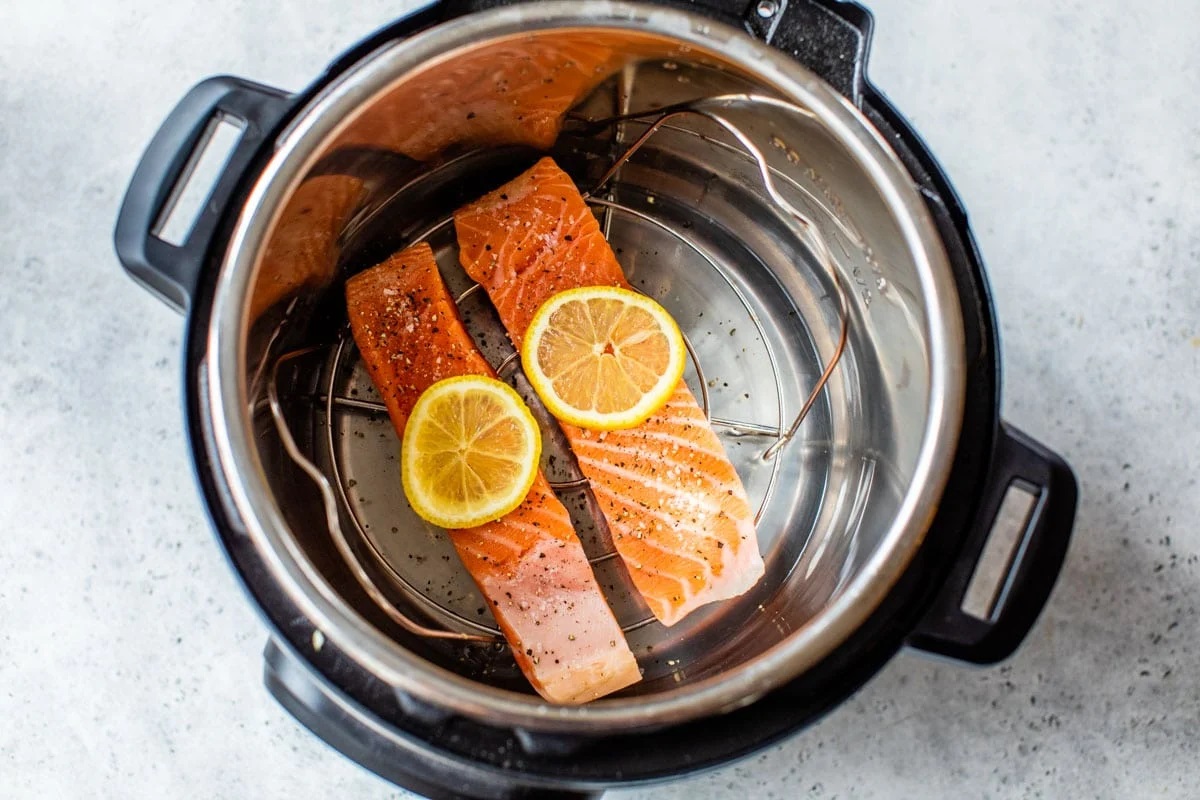

Articles
How To Cook Salmon In Slow Cooker
Modified: February 28, 2024
Learn how to cook delicious salmon in your slow cooker with these easy-to-follow articles.
(Many of the links in this article redirect to a specific reviewed product. Your purchase of these products through affiliate links helps to generate commission for Storables.com, at no extra cost. Learn more)
Introduction
Salmon is a versatile and nutritious fish that is loved by many. It’s known for its rich flavor, high omega-3 fatty acid content, and tender texture. While there are many ways to cook salmon, one method that often gets overlooked is using a slow cooker. Slow cooking salmon can result in a melt-in-your-mouth texture and allows the flavors to infuse into the fish in a gentle and delicate manner.
In this article, we will explore the benefits of cooking salmon in a slow cooker, discuss how to choose the right salmon for slow cooking, and provide tips and tricks for achieving the best results. Whether you’re a seasoned chef or a beginner in the kitchen, learning how to cook salmon in a slow cooker will elevate your culinary skills and impress your family and friends.
Key Takeaways:
- Slow cooking salmon in a slow cooker results in a tender, moist texture with enhanced flavor infusion, offering convenience and nutritional benefits. It’s a versatile and delightful cooking method for seafood lovers.
- Properly preparing and seasoning the salmon, checking for doneness, and serving with complementary sides or incorporating it into various dishes enhances the slow-cooked salmon experience. Experiment, adapt, and enjoy the process of creating flavorful and tender salmon meals in your slow cooker.
Read more: How Do You Cook Salmon On The Stove Top
Benefits of Cooking Salmon in a Slow Cooker
Slow cooking salmon offers several advantages that make it a great option for preparing this delicious fish. Here are some of the key benefits:
- Tender and Moist Texture: Slow cooking allows the salmon to cook gently and evenly, resulting in a tender and moist texture. Unlike other cooking methods that can sometimes dry out the fish, the slow cooker helps to retain the natural juices and flavors.
- Enhanced Flavor Infusion: The slow cooking process allows the flavors of any seasonings, herbs, or spices to permeate the salmon thoroughly. This creates a depth of flavor and complexity that is unmatched by other cooking methods.
- Convenience and Time-Saving: Cooking salmon in a slow cooker is incredibly convenient, especially for those with busy schedules. Once you’ve prepared the ingredients, you can simply set it and forget it. The slow cooker does all the work while you focus on other tasks.
- Versatility: A slow cooker can accommodate various cooking methods, such as poaching, roasting, or steaming. This versatility allows you to experiment with different recipes and techniques to suit your preferences.
- Nutritional Benefits: Salmon is renowned for its high nutritional value, including omega-3 fatty acids, vitamin D, and protein. Slow cooking preserves these nutrients while offering a flavorful and enjoyable meal.
By slow cooking salmon, you can enjoy all the benefits that this cooking method brings to the table. The tender texture, enhanced flavors, and convenience make it an excellent choice for preparing salmon-based dishes.
Choosing the Right Salmon for Slow Cooking
When it comes to slow cooking salmon, it’s important to select the right type of salmon to ensure the best results. Here are some factors to consider:
- Freshness: Choose fresh salmon that has a vibrant color and smells clean. Avoid salmon with any signs of discoloration, strong odor, or sliminess.
- Fillet or Whole: You have the option to choose between salmon fillets or a whole salmon. Fillets are easier to work with and can be seasoned and placed directly into the slow cooker. Whole salmon can be slow cooked as well, but it may require some additional preparation, such as scaling and removing the internal organs.
- Skin On or Skin Off: Decide if you prefer salmon with the skin on or skin off. Leaving the skin on helps to retain moisture and adds extra flavor. However, if you do choose salmon with the skin on, make sure it has been scaled properly.
- Wild-Caught or Farm-Raised: Choose wild-caught salmon whenever possible. Wild-caught salmon is known for its superior taste, texture, and nutritional profile. However, if wild-caught salmon is not available, opt for high-quality farm-raised salmon that is sustainably sourced.
- Size and Thickness: Consider the size and thickness of the salmon when choosing it for slow cooking. Thicker fillets or whole salmon may require longer cooking times, while smaller or thinner cuts may cook more quickly.
Remember, the quality and freshness of the salmon will greatly determine the final outcome of your slow-cooked dish. Take the time to source the best-quality salmon available to you to ensure a flavorful and enjoyable meal.
Preparing the Salmon for Slow Cooking
Before placing the salmon in the slow cooker, it’s essential to properly prepare it to enhance the flavors and ensure even cooking. Here are the steps to prepare the salmon for slow cooking:
- Cleaning and Patting Dry: Rinse the salmon under cold water to remove any impurities. Pat the salmon dry using paper towels to remove excess moisture. This will help to ensure a better sear and prevent the fish from becoming waterlogged.
- Remove Bones: Run your fingers along the fillet to check for any pin bones and use a pair of tweezers or clean pliers to remove them. This step is crucial to avoid any unpleasant surprises while enjoying your slow-cooked salmon.
- Seasoning: Now comes the opportunity to infuse the salmon with flavors. Season the salmon with your chosen herbs, spices, and seasonings. Options could include lemon zest, garlic, dill, black pepper, or a simple salt and pepper rub. Ensure the salmon is seasoned evenly on both sides.
- Searing the Salmon (Optional): To add a beautiful golden crust and an extra layer of flavor, consider searing the salmon in a hot skillet before placing it in the slow cooker. Sear each side for about 1-2 minutes until lightly browned. This step is optional but can enhance the overall taste and appearance.
Once the salmon is properly prepared and seasoned, it’s ready to be placed in the slow cooker. Taking the time to complete these preparation steps will ensure that the salmon is primed for slow cooking and will result in a flavorful and delicious meal.
Seasoning and Flavoring Options
When it comes to seasoning and flavoring your slow-cooked salmon, the options are endless. You can get creative and experiment with different combinations to suit your taste preferences. Here are some popular seasoning and flavoring options for slow-cooked salmon:
- Citrus Zest: Adding citrus zest, such as lemon, lime, or orange, can bring a bright and refreshing flavor to the salmon. Sprinkle the zest over the fish before cooking or place citrus slices on top of the salmon while it cooks to infuse the flavors.
- Herbs: Fresh or dried herbs can add a wonderful aroma and depth of flavor to the salmon. Popular choices include dill, parsley, thyme, rosemary, or cilantro. Sprinkle the herbs over the fish before cooking or place sprigs on top while it cooks to release their essential oils.
- Garlic and Onions: For savory and aromatic flavors, consider adding minced garlic or sliced onions to the slow cooker. These ingredients pair well with salmon and provide a robust taste to the dish.
- Spices: Experiment with different spices to add complexity and depth of flavor to the salmon. Options include paprika, cayenne pepper, cumin, coriander, or curry powder. Sprinkle the spices over the fish before cooking to enhance its taste.
- Soy Sauce or Teriyaki Sauce: For an Asian-inspired twist, drizzle soy sauce or teriyaki sauce over the salmon before cooking. The salty and sweet flavors will complement the natural richness of the fish.
Remember to season the salmon according to your taste preferences. Don’t be afraid to get creative and try different flavor combinations to find your favorite. The slow cooking process allows for the flavors to meld together, resulting in a tasty and well-seasoned salmon dish.
When cooking salmon in a slow cooker, make sure to season the fish with your favorite herbs and spices, and add a splash of citrus juice or broth to keep it moist. Cook on low for 2-3 hours for a perfectly tender and flavorful dish.
Read more: How To Cook Salmon In An Air Fryer
Cooking the Salmon in the Slow Cooker
Now that your salmon is prepared and seasoned, it’s time to cook it in the slow cooker. Here’s a simple step-by-step guide:
- Preheat the Slow Cooker: Turn on your slow cooker and set it to the desired cooking temperature. Most recipes call for a low setting, which allows for a longer, gentle cooking process.
- Add Liquid: To prevent the salmon from drying out, add a small amount of liquid into the slow cooker. This can be water, broth, wine, or a mixture of lemon juice and olive oil.
- Place the Salmon in the Slow Cooker: Carefully place the seasoned salmon fillets or whole salmon into the slow cooker, ensuring they fit comfortably without overlapping. If the slow cooker is not large enough to accommodate the salmon, you can cut it into smaller portions.
- Cover and Cook: Once the salmon is in the slow cooker, cover it with the lid and let it cook for the recommended time. Cooking time will vary depending on the thickness of the salmon and the recipe you’re following. In general, it takes about 2-3 hours on low heat for salmon fillets and longer for a whole salmon.
- Avoid Opening the Lid: It’s crucial to resist the temptation to open the slow cooker lid while the salmon is cooking. Opening the lid releases heat and extends the cooking time. Trust the process and allow the slow cooker to work its magic.
During the cooking process, the slow cooker will gently heat the salmon, allowing it to cook through while maintaining its moisture and tenderness. The steam created within the slow cooker will also infuse the salmon with the flavors from the seasonings and any additional ingredients you’ve added.
Keep in mind that cooking times may vary depending on the specific slow cooker you’re using. It’s always a good idea to consult the manufacturer’s instructions for guidelines on cooking times and temperature settings.
Once the salmon is cooked, it’s important to check for doneness before serving.
Checking for Doneness
Properly checking for doneness is essential to ensure that the slow-cooked salmon is cooked to perfection. Here are some tips to determine if your salmon is fully cooked:
- Internal Temperature: Use a meat thermometer to check the internal temperature of the salmon. The USDA recommends that salmon should reach an internal temperature of 145°F (63°C) in the thickest part of the fillet or at the center of a whole salmon.
- Flakiness: Gently press a fork into the thickest part of the salmon and twist it slightly. If the flesh flakes easily and is opaque throughout, it is an indication that the salmon is fully cooked.
- Color: Cooked salmon should have a vibrant pink or coral color. The flesh should appear opaque and easily separate into flakes. If the salmon still looks translucent or has a raw appearance, it needs more cooking time.
- Texture: The texture of the salmon should be tender, moist, and buttery. Overcooked salmon will be dry and have a tough, chewy texture.
Remember, the cooking time may vary depending on the thickness and size of the salmon, as well as the cooking temperature of your slow cooker. It’s better to slightly undercook the salmon as residual heat will continue to cook it once it’s out of the slow cooker.
Once you’re confident that the salmon is fully cooked, it’s time to remove it from the slow cooker and serve it with your favorite side dishes or sauces.
Note: Consuming raw or undercooked salmon can increase the risk of foodborne illness. Always ensure that your salmon is cooked to the proper internal temperature for safe consumption.
Serving Suggestions
Now that your slow-cooked salmon is perfectly cooked, it’s time to get creative with the presentation and serving. Here are some serving suggestions to enhance your salmon dish:
- Pair with Fresh Herbs and Citrus: Garnish your slow-cooked salmon with fresh herbs like dill, parsley, or basil to add a pop of color and freshness. Squeeze some lemon or lime juice over the fish to further brighten the flavors.
- Serve with Sides: Accompany your salmon with a variety of sides such as roasted vegetables, steamed asparagus, garlic mashed potatoes, or a light salad. The mild and delicate flavors of the salmon pair well with a wide range of side dishes.
- Make a Sauce or Dressing: Elevate the flavors by serving your slow-cooked salmon with a delicious sauce or dressing. Options include a tangy dill yogurt sauce, creamy lemon butter sauce, or a zesty citrus vinaigrette.
- Flake into Salads: Use the slow-cooked salmon as a protein-rich topping for salads. Break it into large flakes and add it to a bed of fresh greens, cherry tomatoes, cucumber slices, and a drizzle of your favorite dressing.
- Make Salmon Tacos or Wraps: Shred the slow-cooked salmon and use it as a filling for soft tacos or wraps. Top it with diced tomatoes, shredded lettuce, avocado slices, and a dollop of creamy sauce for a flavorful and satisfying meal.
Remember to let your creativity shine when serving your slow-cooked salmon. Experiment with different flavors, textures, and combinations to create a dish that suits your taste preferences.
Additionally, feel free to explore different cuisines and cooking styles to prepare unique and delicious salmon dishes. From Mediterranean-inspired flavors to Asian-inspired seasonings, the possibilities are endless.
By pairing your slow-cooked salmon with complementary ingredients and incorporating your personal touch, you’ll create a memorable and delightful dining experience for yourself and your guests.
Tips and Tricks for Cooking Salmon in a Slow Cooker
While slow cooking salmon is a straightforward process, incorporating a few tips and tricks can help you achieve the best results. Here are some valuable tips to keep in mind:
- Select the Right Size Slow Cooker: Choose a slow cooker that is appropriately sized for the amount of salmon you’re cooking. It should be large enough for the fish to comfortably fit without overcrowding.
- Use Parchment Paper or Foil: To prevent the salmon from sticking to the slow cooker and to make cleanup easier, consider lining the bottom of the slow cooker with parchment paper or aluminum foil.
- Layer with Vegetables: Place a layer of vegetables, such as sliced onions, bell peppers, or zucchini, on the bottom of the slow cooker before placing the seasoned salmon on top. This adds extra flavor and prevents the fish from sticking to the bottom.
- Add Moisture: To ensure that the salmon stays moist during the slow cooking process, add a small amount of liquid to the slow cooker. This can be water, broth, wine, or even citrus juice.
- Avoid Overcooking: Be cautious not to overcook the salmon as it can lead to dryness. Start checking for doneness based on the recommended cooking time, and adjust accordingly to prevent overcooking.
- Experiment with Flavor Combinations: Don’t be afraid to get creative with your seasonings and flavorings. Try different combinations of herbs, spices, and sauces to discover unique and delicious flavor profiles.
- Let the Salmon Rest: After removing the salmon from the slow cooker, allow it to rest for a few minutes before serving. This enables the juices to redistribute, resulting in a more flavorful and tender fish.
- Store Leftovers Properly: If you have leftover slow-cooked salmon, store it in an airtight container in the refrigerator for up to 2-3 days. Enjoy it cold or gently reheat it in the oven or on the stovetop to maintain its texture and flavors.
- Experiment and Adapt: Use recipes as guidelines but don’t be afraid to experiment and adapt them to your preferences. Adjust cooking times, seasoning quantities, and additional ingredients based on personal taste and the specific slow cooker you’re using.
By following these tips, you’ll be able to confidently and successfully prepare delicious slow-cooked salmon dishes. Don’t be afraid to make it your own and enjoy the process of creating flavorful and tender salmon meals in your slow cooker.
Read more: How To Reheat Salmon In Air Fryer
Conclusion
Slow cooking salmon is a fantastic way to elevate your culinary skills and enjoy a delicious and tender fish dish. By utilizing the slow cooker, you can achieve a melt-in-your-mouth texture and infuse the salmon with a wide array of flavors and seasonings.
In this article, we explored the benefits of cooking salmon in a slow cooker, discussed how to choose the right salmon for slow cooking, and provided tips and tricks to ensure the best results. Slow cooking not only results in a flavorful and moist salmon, but it also offers convenience and versatility in the kitchen.
Remember to properly prepare the salmon before slow cooking, season it with your favorite herbs and spices, and check for doneness using a meat thermometer or visual cues. Serve the slow-cooked salmon with complementary sides, sauces, or incorporate it into various dishes like tacos or salads for a truly delightful meal.
Don’t be afraid to experiment, adapt recipes, and make the slow-cooked salmon your own. With time and practice, you’ll develop your preferred cooking times, flavors, and techniques that suit your taste and the specific slow cooker you’re using.
So, whether you’re a seafood lover, a health-conscious individual, or simply looking for a new cooking adventure, give slow-cooked salmon a try. With its tender texture, enhanced flavors, and nutritional benefits, it’s a delightful and satisfying dish that will impress your family and friends.
So why wait? Dust off your slow cooker, grab some fresh salmon, and embark on a culinary journey that will undoubtedly result in delicious and memorable dining experiences.
Frequently Asked Questions about How To Cook Salmon In Slow Cooker
Was this page helpful?
At Storables.com, we guarantee accurate and reliable information. Our content, validated by Expert Board Contributors, is crafted following stringent Editorial Policies. We're committed to providing you with well-researched, expert-backed insights for all your informational needs.
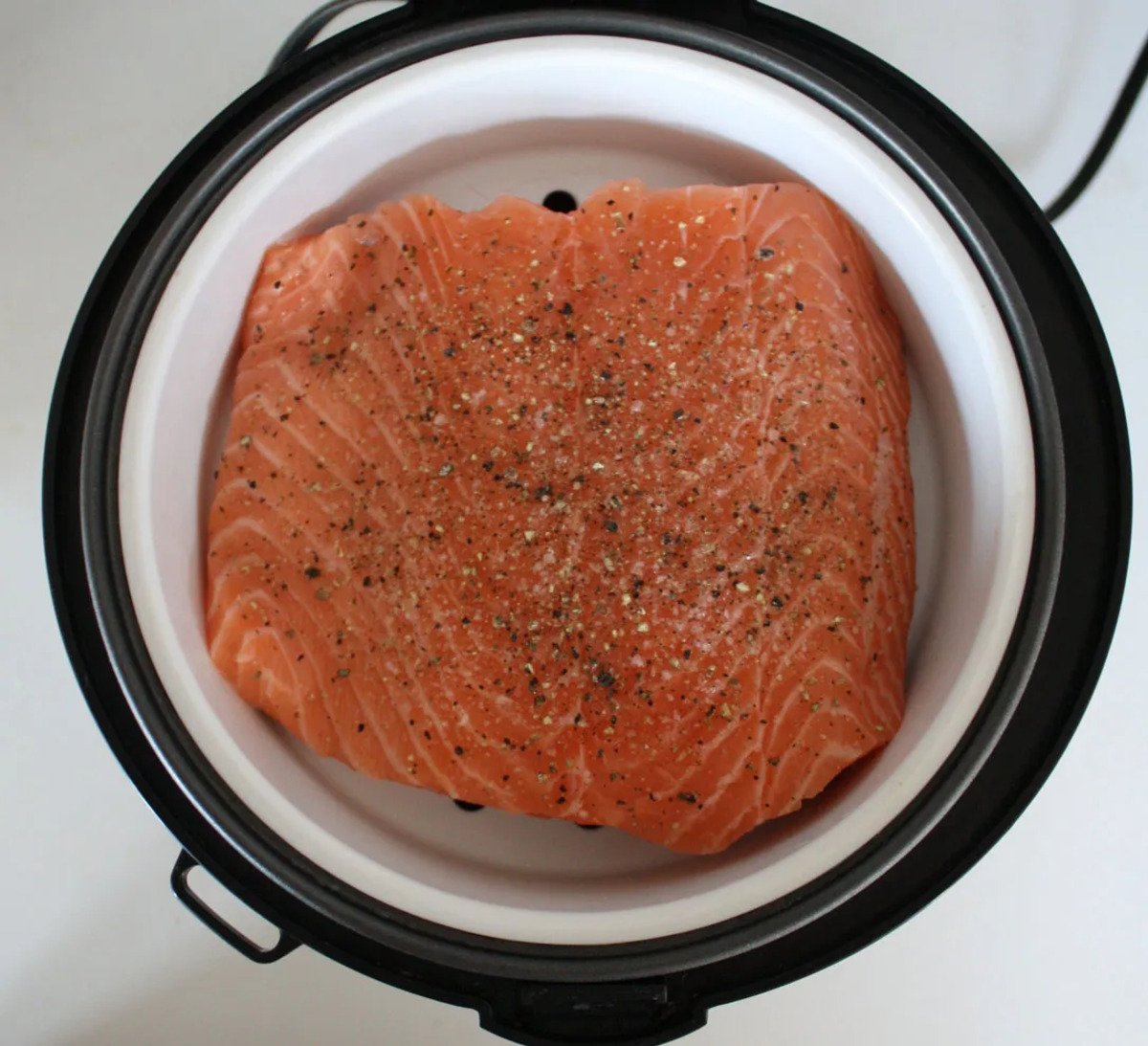
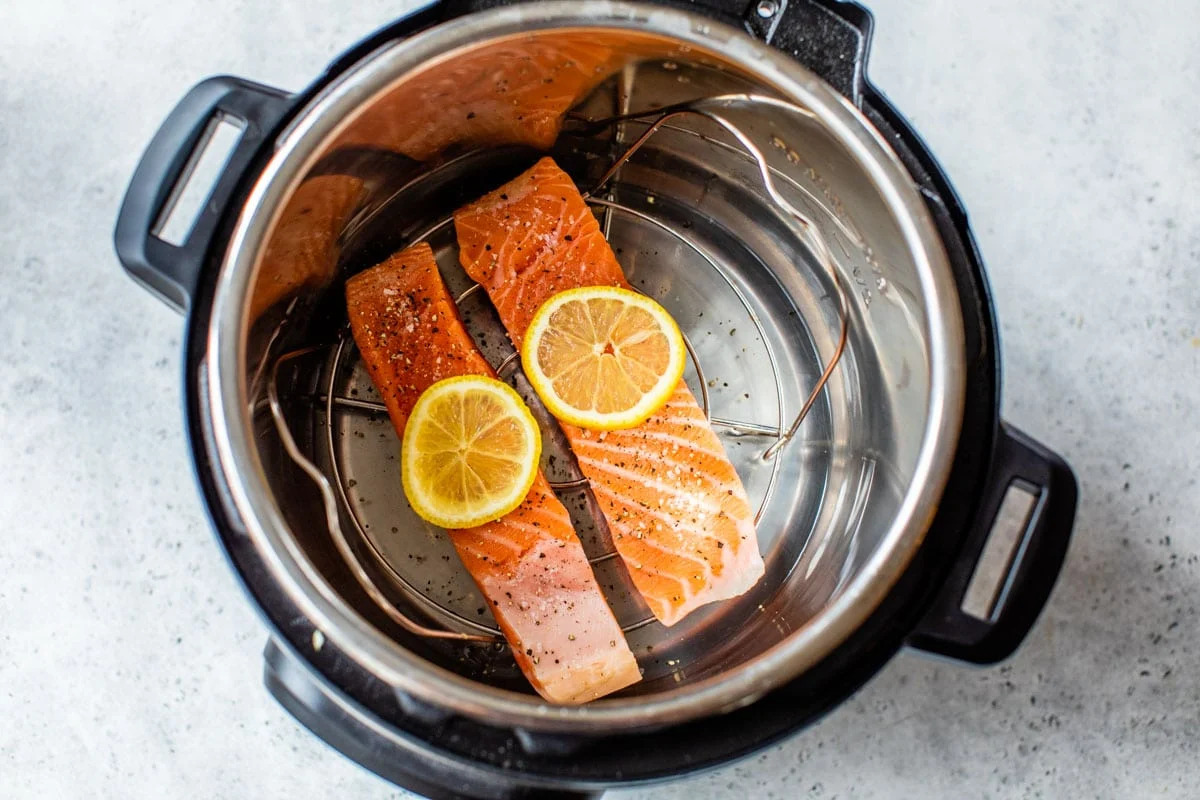
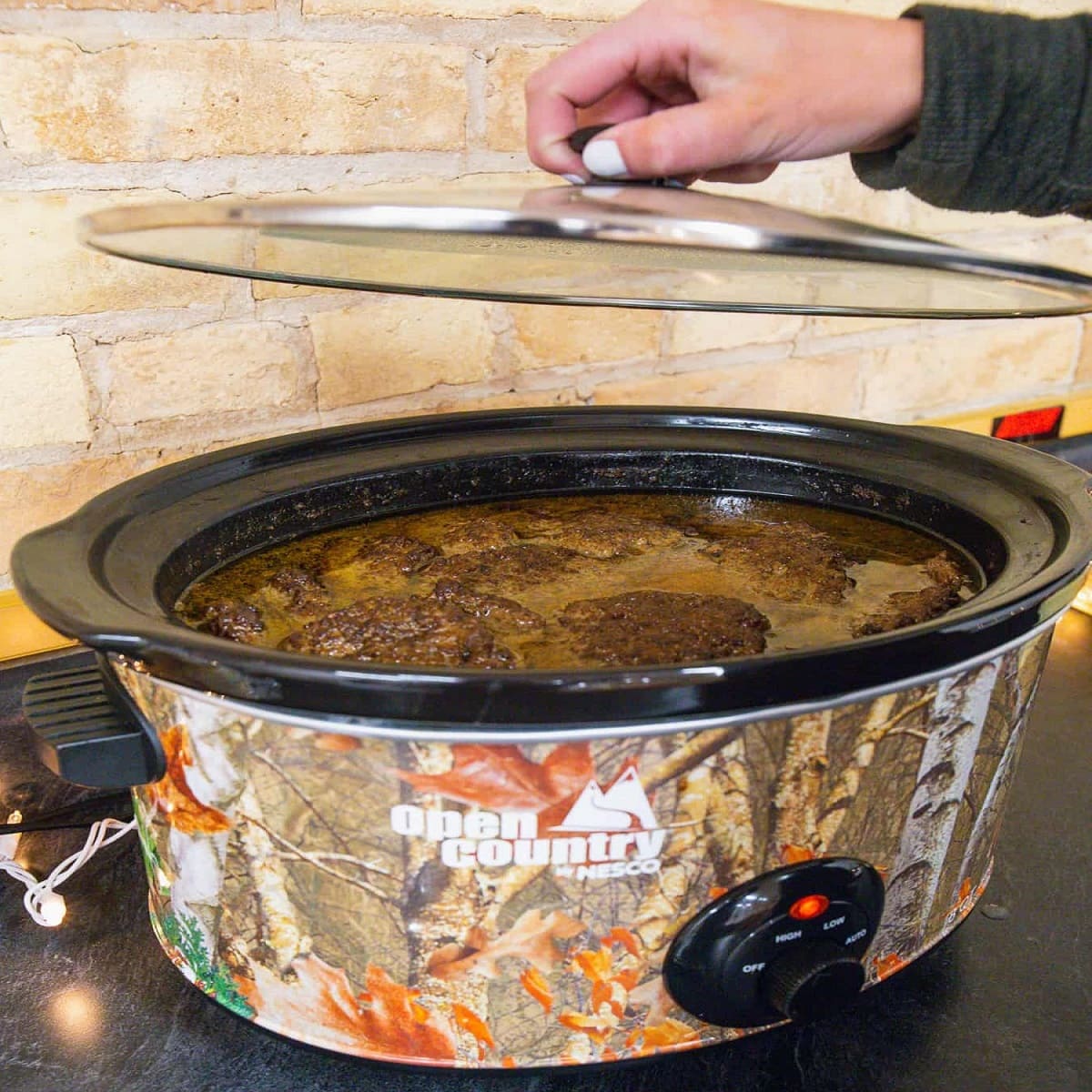
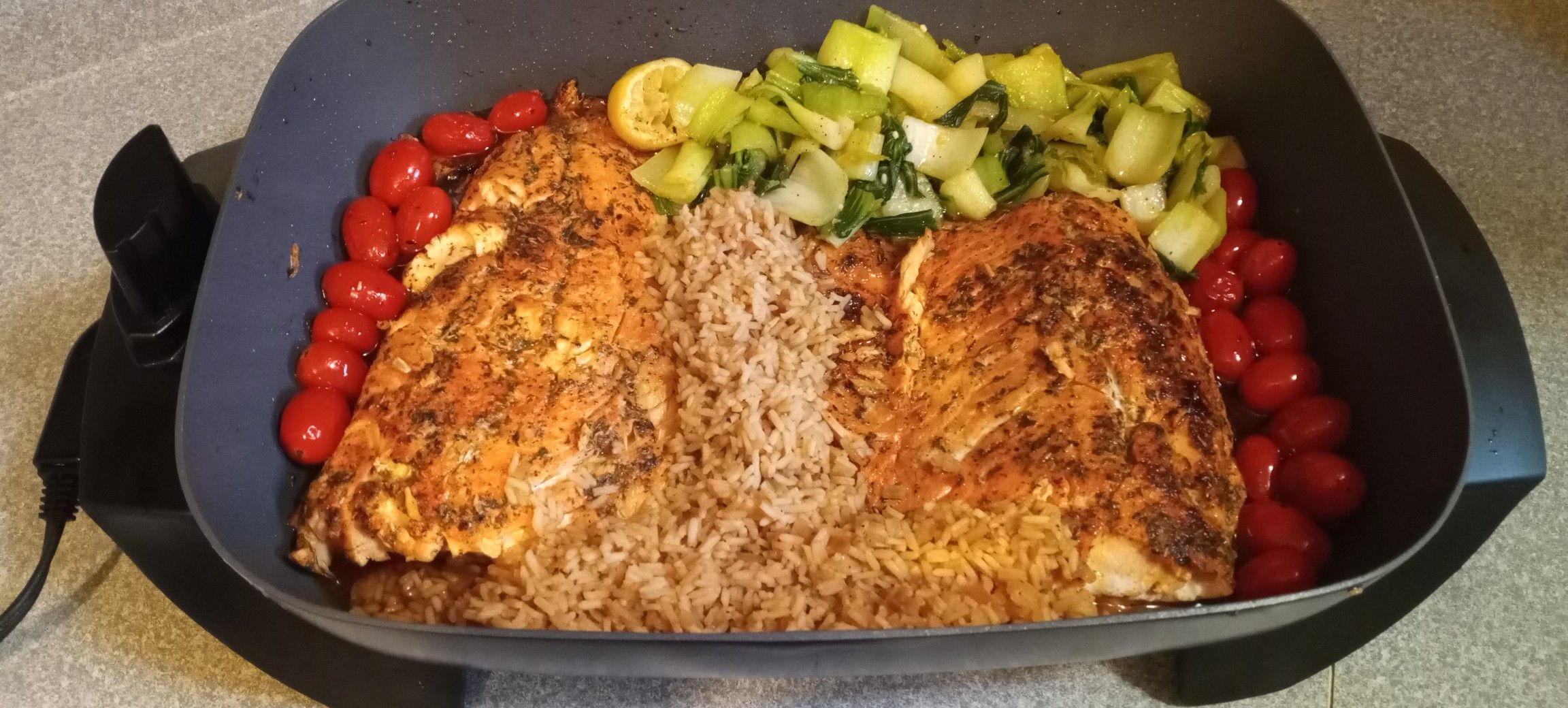
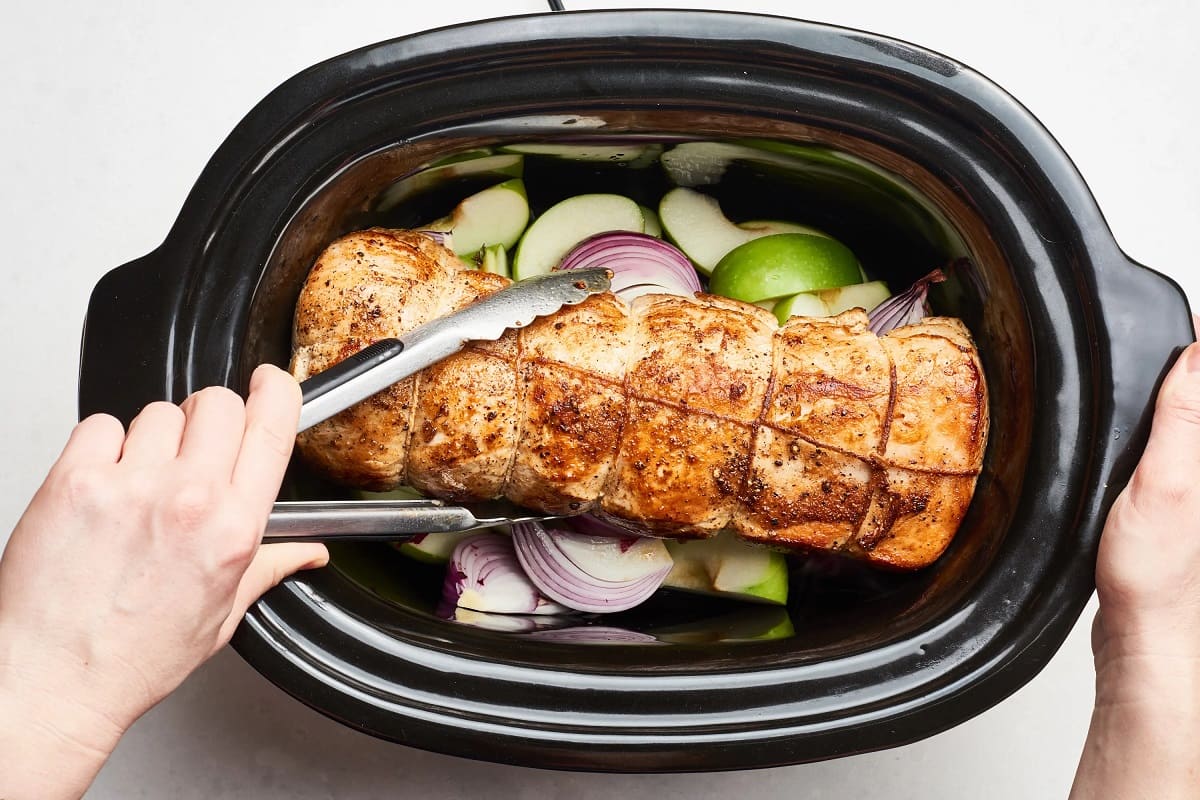
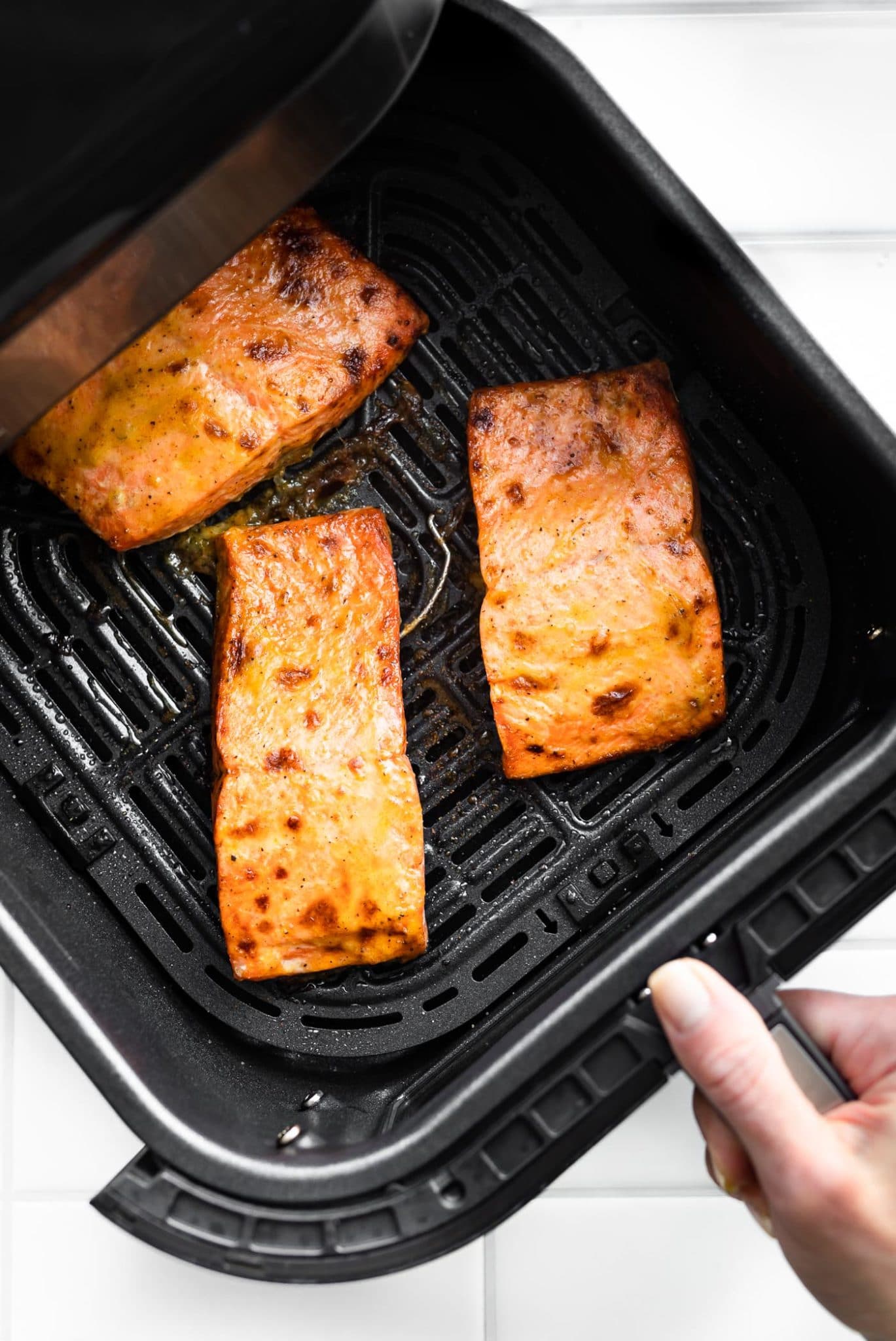
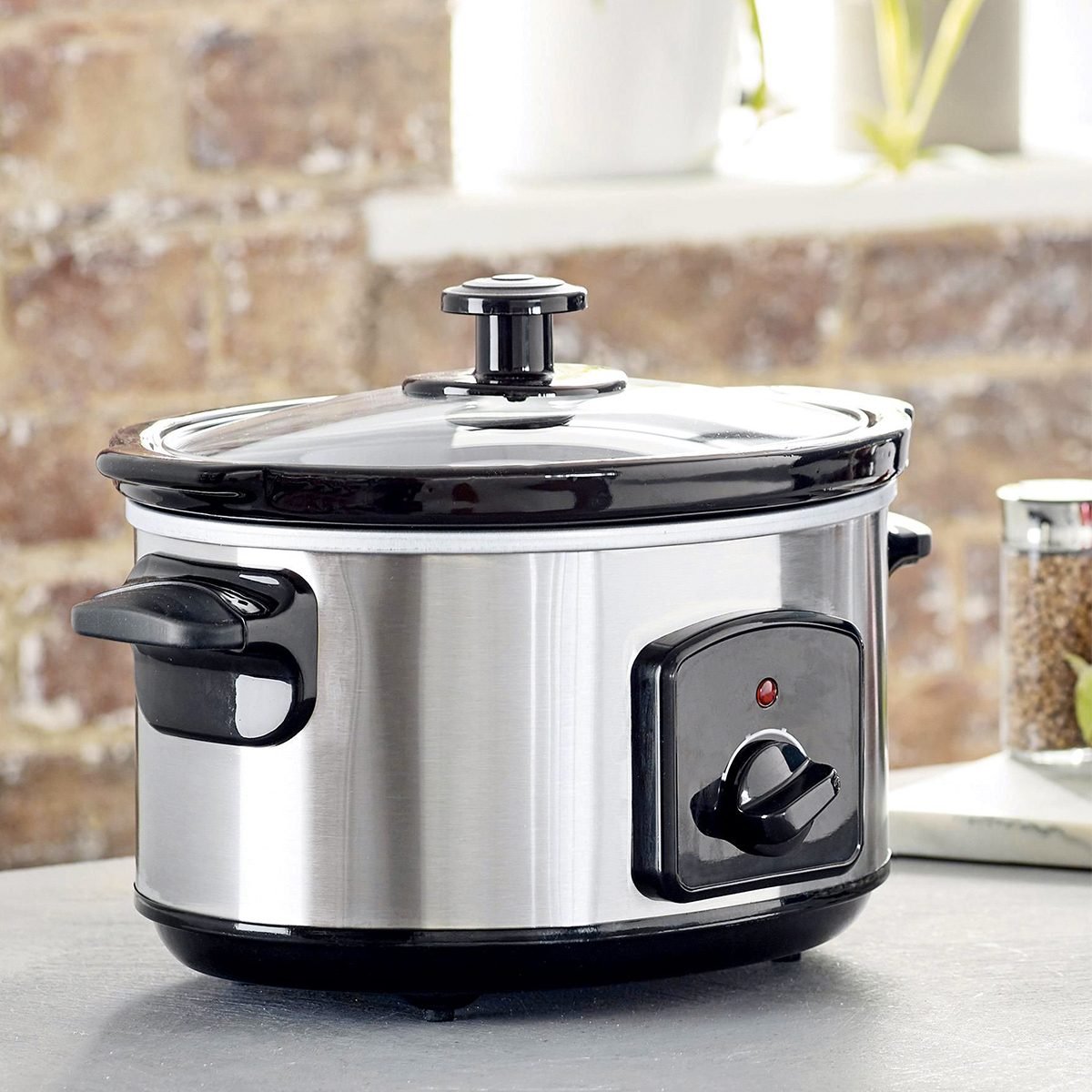
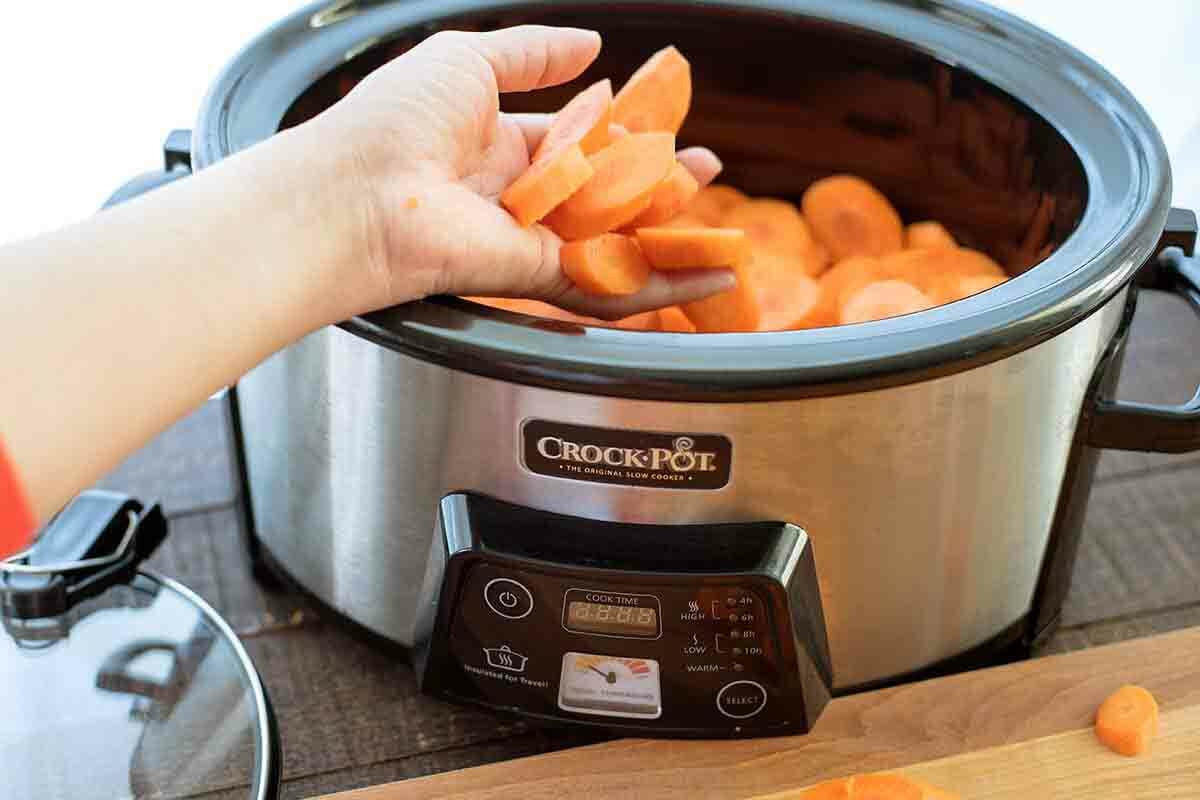
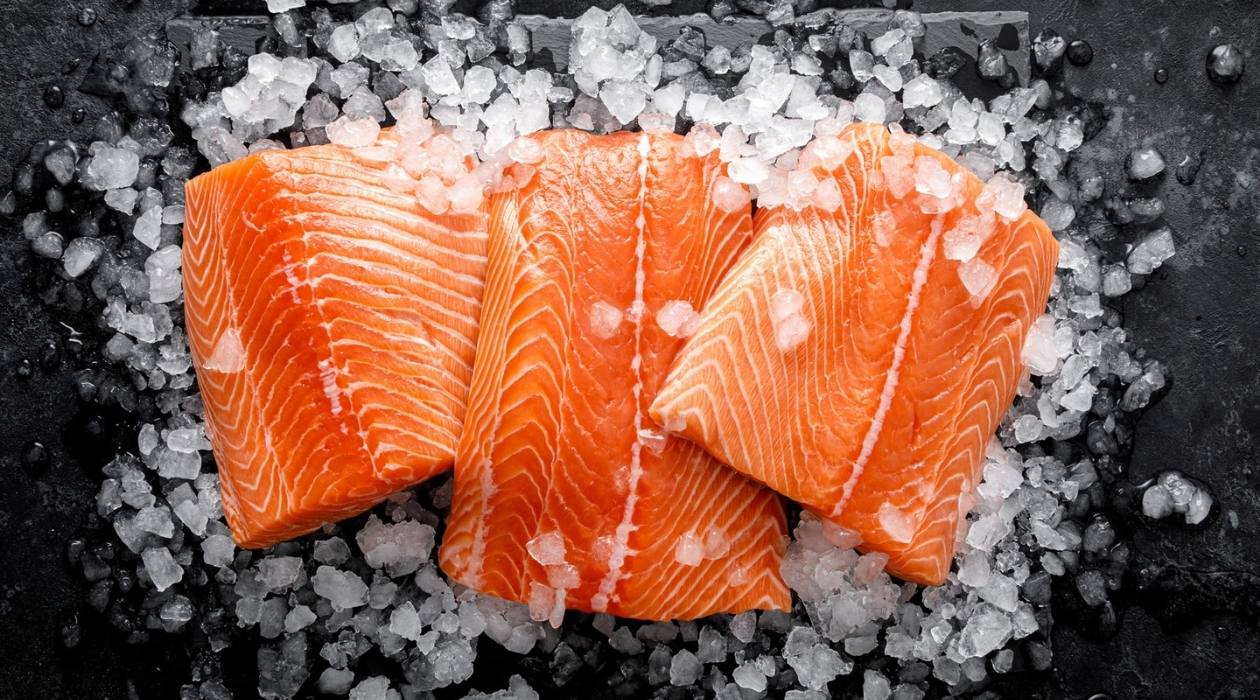
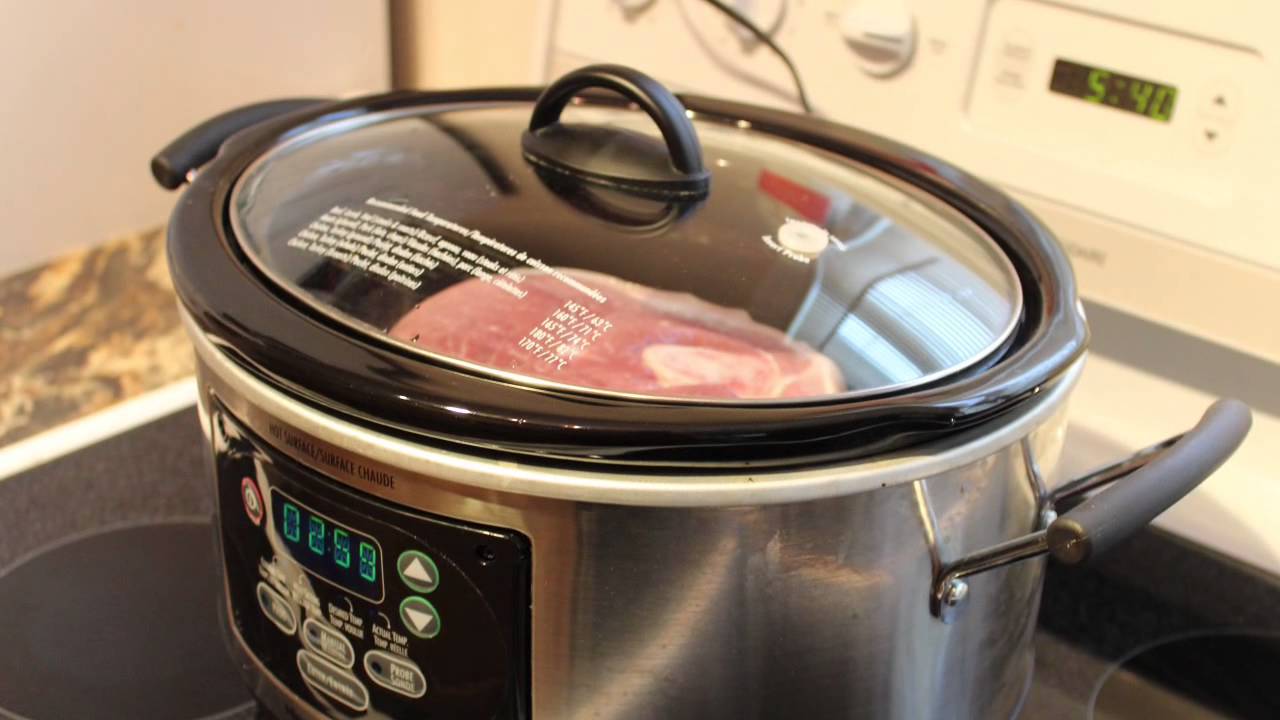
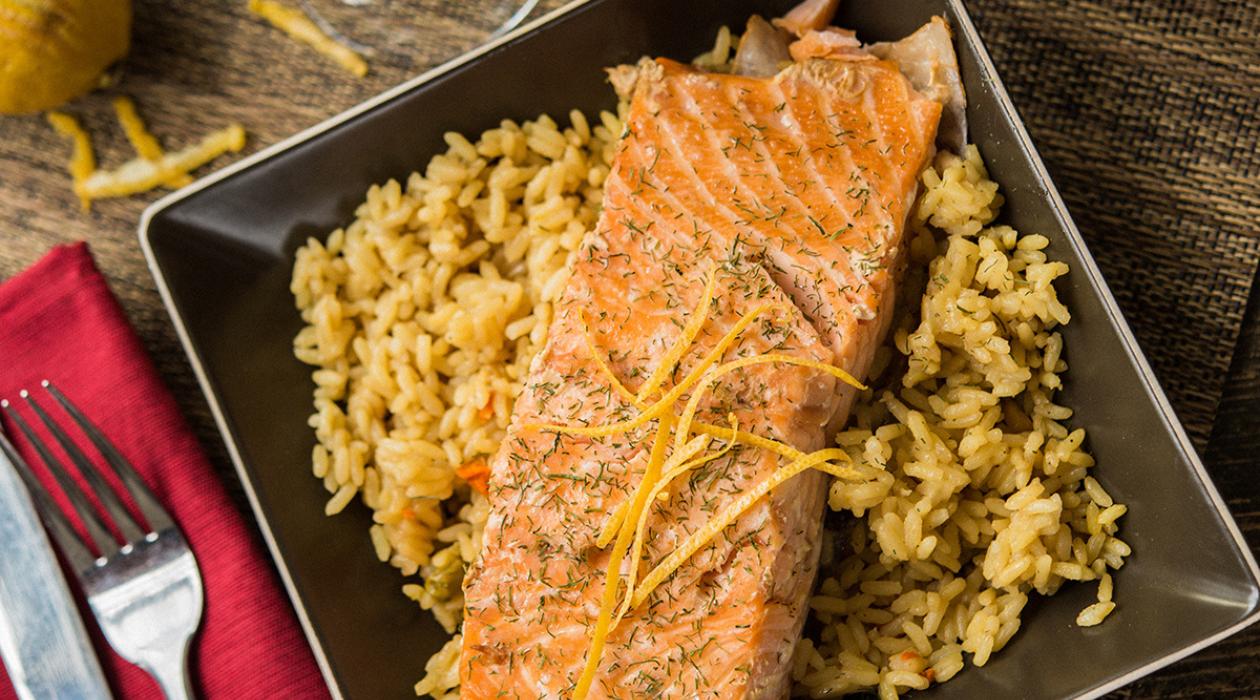
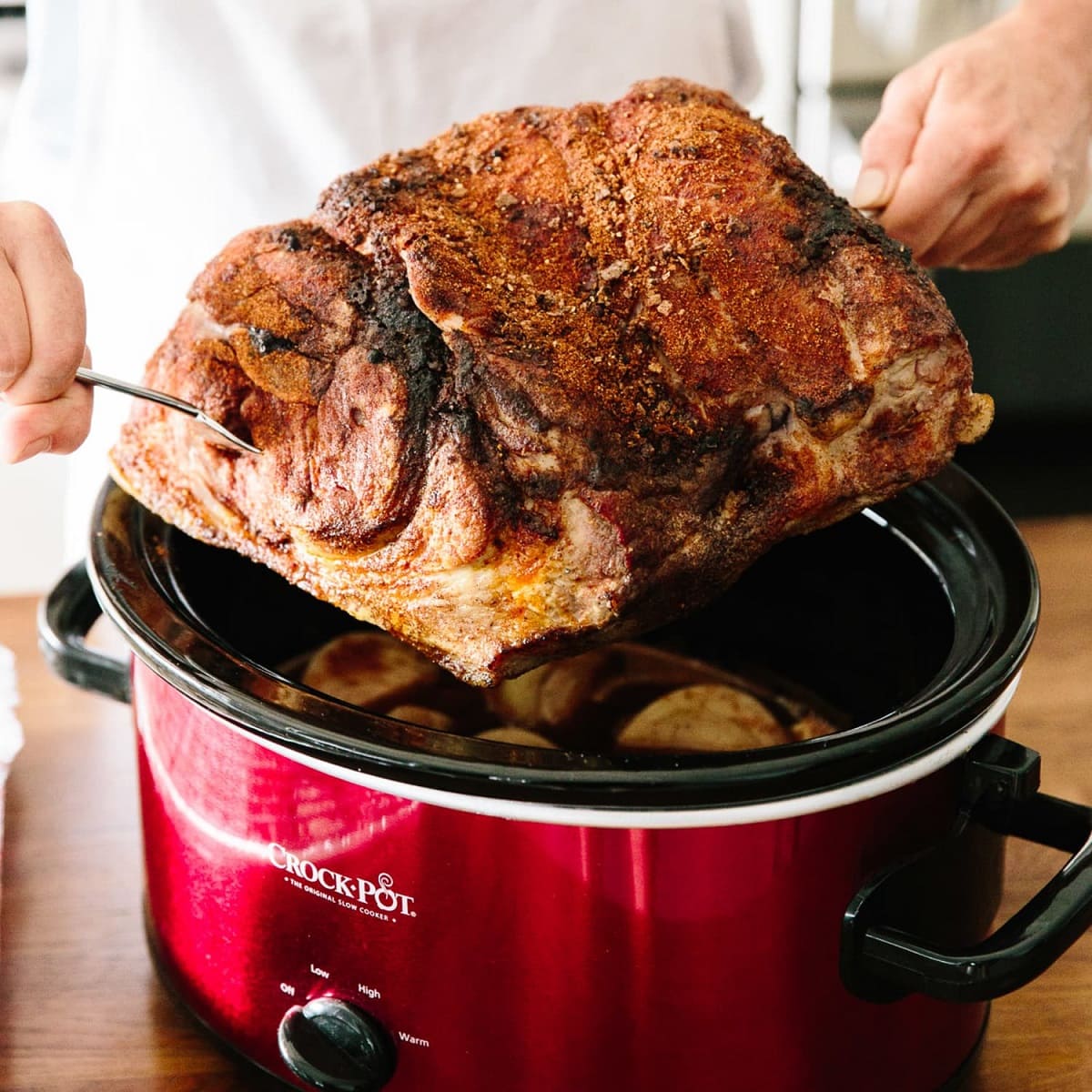
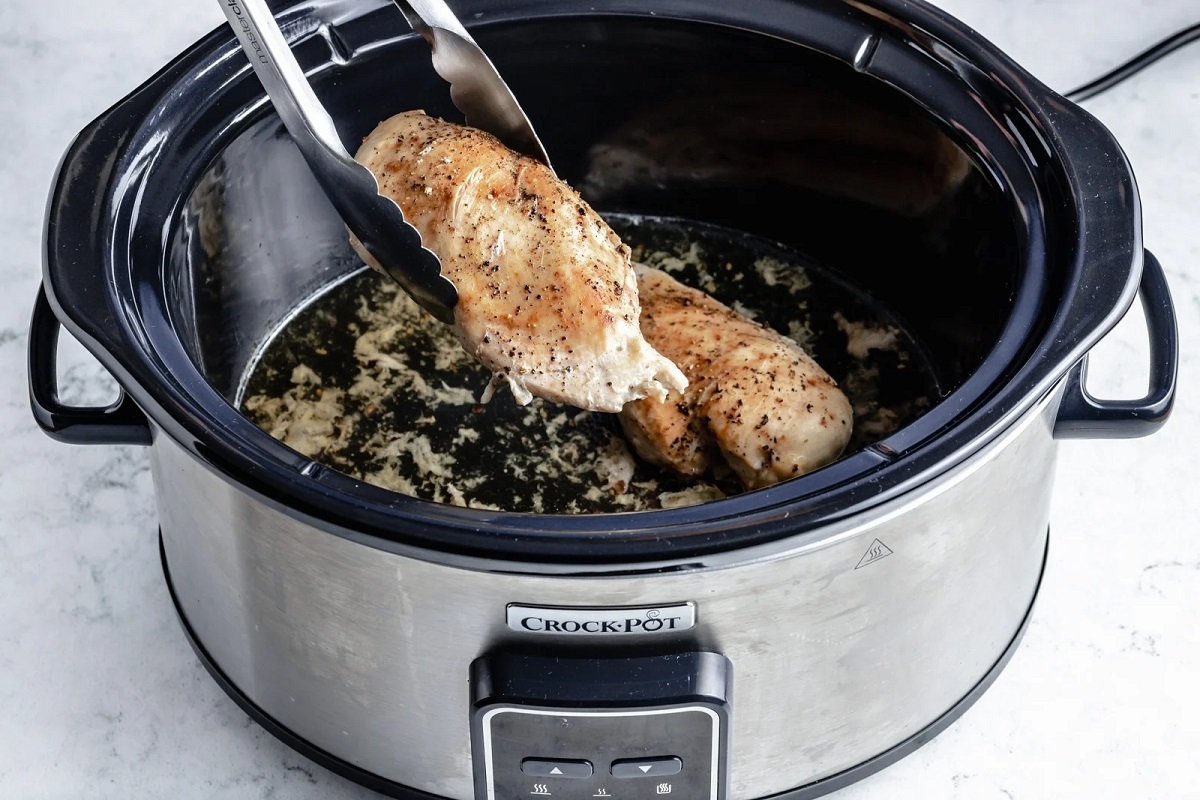

0 thoughts on “How To Cook Salmon In Slow Cooker”